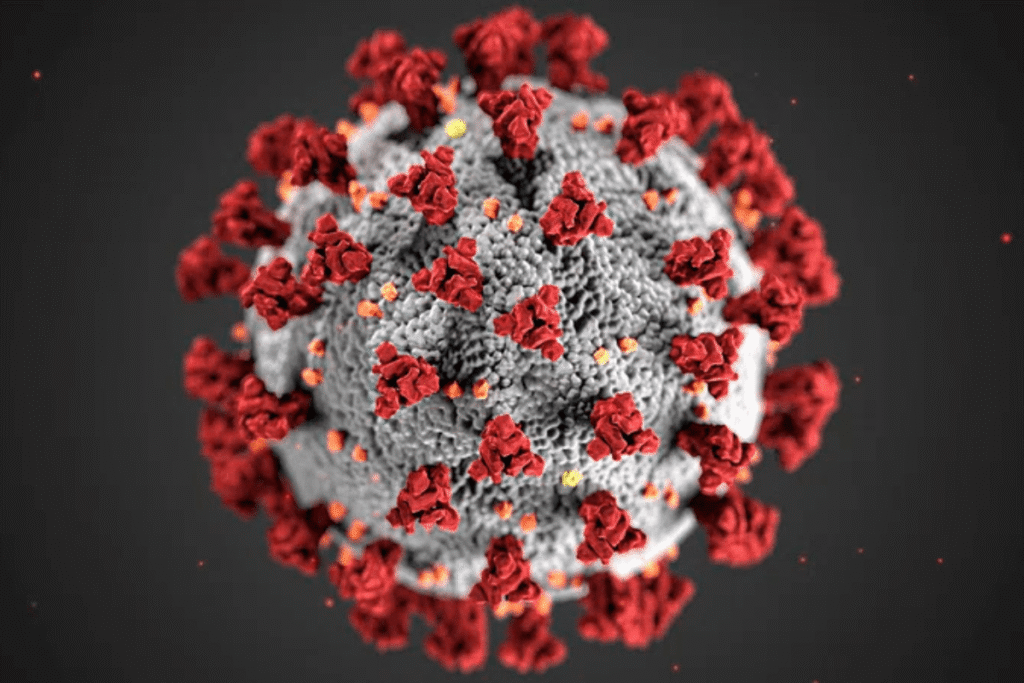In early 2025, health authorities worldwide began reporting the emergence of a new virus causing significant concern among experts and the public alike. First detected in Mexico and quickly spreading to parts of the United States, this virus has sparked fears of a possible new pandemic 2025. This article provides a comprehensive overview of the new virus spreads situation, detailing its origin, symptoms, transmission, and the ongoing public health response.
Details of the New Virus
The virus in question is a strain of avian influenza A(H5N1), commonly known as bird flu. This particular clade, identified as 2.3.4.4b genotype D1.1, was first confirmed in a human case in Durango, Mexico, in March 2025. The patient, a child under 10 years old, exhibited symptoms including fever, malaise, and vomiting, progressing to respiratory failure before succumbing to the illness in early April. Laboratory tests confirmed the virus as influenza A(H5N1), marking the first confirmed human infection with this strain in Mexico.

The virus primarily spreads through respiratory droplets and contact with contaminated surfaces. Its incubation period ranges from a few days to two weeks. Notably, this strain has shown mutations that raise concerns about increased transmissibility and adaptation to human hosts.
Spread and Current Status
Since the initial case, the virus has spread beyond Mexico, with over 70 confirmed human infections reported in the United States and Mexico combined, including several fatalities. The outbreak has also affected more than 1,000 dairy herds in the US, particularly in states like Texas and California, where animal-to-human transmission is suspected.
Infection rates are rising steadily, with new cases reported in multiple states, prompting heightened surveillance and testing efforts. While human-to-human transmission remains limited, experts warn that ongoing mutations could increase this risk.
Pandemic Potential
The pandemic new virus poses a serious threat due to several factors:
- High transmissibility: The virus spreads via respiratory droplets and close contact.
- Severity: The case fatality rate (CFR) for H5N1 infections remains high, approximately 48.4% globally.
- Lack of immunity: The general population has little to no pre-existing immunity to this strain.
- Animal reservoirs: The virus persists in wild and domestic birds, as well as livestock, increasing exposure risk.
Compared to previous pandemics like COVID-19 and earlier bird flu outbreaks, this virus shares similar challenges but with a notably higher fatality rate. The World Health Organization (WHO) has not yet declared a Public Health Emergency of International Concern (PHEIC), but closely monitors the situation.
Connection with Bird Flu
This outbreak is directly linked to bird flu, specifically the H5N1 subtype. Historically an animal disease, H5N1 has occasionally crossed into humans, mainly through contact with infected poultry or livestock. The current strain’s ability to infect dairy cattle and horses in addition to birds marks a concerning expansion of its host range.
Although sustained human-to-human transmission has not been confirmed, the virus’s presence in mammals raises the possibility of future mutations enabling easier spread between people. This underscores the risk of a bird flu pandemic if containment measures fail.
Public Health Response
Governments and health organizations have launched multiple initiatives to contain the virus:
- Travel restrictions and quarantines in affected regions.
- Enhanced testing and surveillance for early detection of cases.
- Vaccine development programs targeting the H5N1 strain are underway but not yet widely available.
- Public advisories urging hygiene practices such as frequent handwashing, mask-wearing, and avoiding contact with sick animals.
- Protective measures for farmworkers and those in close contact with animals.
These efforts aim to slow the spread and mitigate the impact while preparing healthcare systems for potential surges.
Global Impact and Concerns
If the virus evolves to allow efficient human-to-human transmission, it could strain healthcare systems worldwide, reminiscent of past pandemics. Economic disruptions, social distancing measures, and travel restrictions could follow, affecting daily life and global markets.
International collaboration is ongoing, with agencies sharing data and coordinating responses. The situation remains fluid, with experts emphasizing vigilance and preparedness.
Conclusion
The new virus spreads in 2025, linked to the H5N1 bird flu strain, represents a significant public health challenge. While a full-blown pandemic has not yet materialized, the virus’s characteristics and spread warrant serious attention. Staying informed, following public health guidelines, and supporting containment efforts are crucial to minimizing risks as the world watches this developing situation.
See also https://scoopusa24.com/sustainable-lifestyle-guide-benefits-tips-2025/
